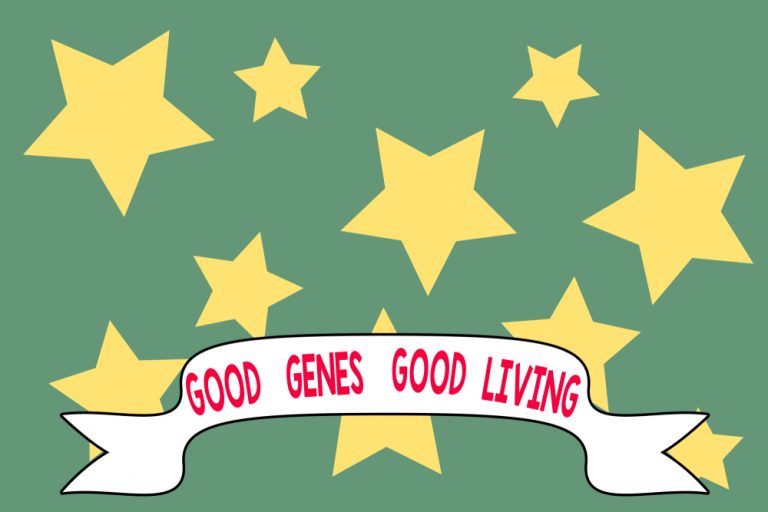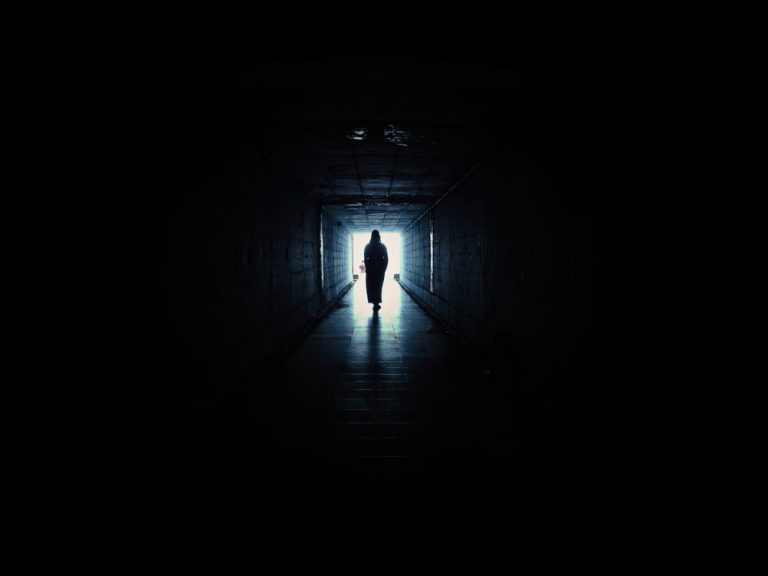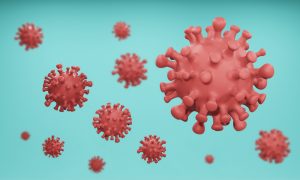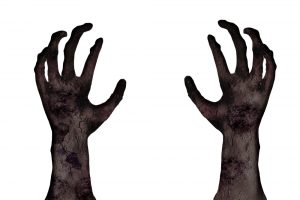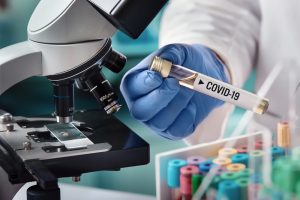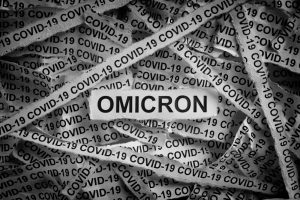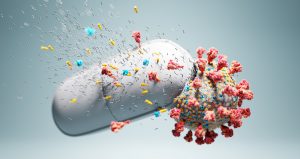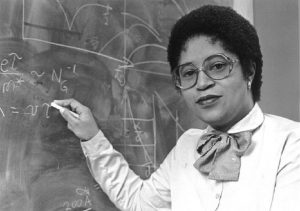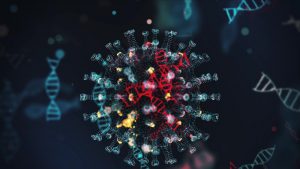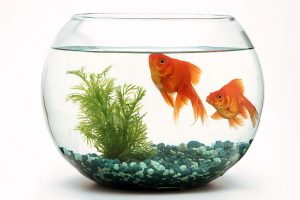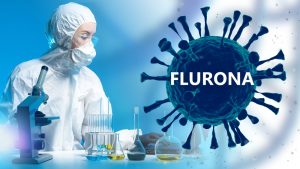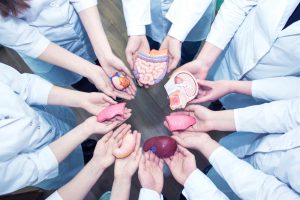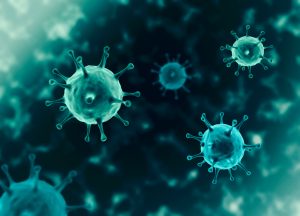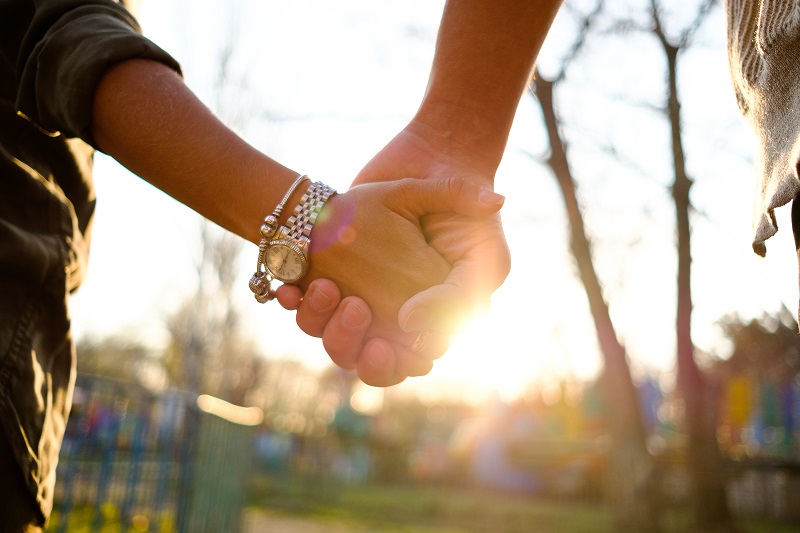
With the occasion of Brain Awareness Week that just ended, we decided it’s time to talk about research focused on the most complex organ in the human body — the brain.
In theory, love is a matter of the heart. However, the main organ affected by love is the brain, but where exactly is this love “located” in the brain and how does it affect our minds and bodies, according to science? Read on to find more information about this topic called love.
Love manifests first with butterflies in your stomach, followed by the giddy feeling you get when the person you love is around. The excitement to spend your time with them. All of these feelings are familiar to everyone who had fallen in love. However, love still remains a mystery. There are many questions that don’t exactly have an answer. Why do we fall in love with the people we do? Why do we stay in love, and what makes us fall out of love?
Some of these remained unanswered up to this day, and researchers from a range of disciplines are still struggling to find out what makes love … well, love.
Scientists have been working for a very long time t understand the mechanics of love, including what it does to our brains and how it “makes us tick.”
Where in the brain is love?
In 2000, Prof. Semir Zeki and Andreas Bartels, Ph.D. from University College London, in the United Kingdom wanted to find out. They conducted a study with 17 healthy volunteers, both males and females, aged 21–37, who confessed to being “truly, deeply, and madly in love” with someone.
In their study, Prof. Zeki and Bartels brain scanned the volunteers while they looked at images of their loved one, and their findings were explained in the journal NeuroReport.
Their brain scans revealed that some specific brain areas “lit up” when the participants viewed the face of the person they were in love with. There were also some brain regions that appeared to deactivate, including parts of the right prefrontal cortex, the bilateral parietal cortex, and the temporal cortices.
More recent research revealed the complex picture of love in the brain.
In a commentary that appeared in FEBS Letters in 2007, Prof. Zeki went on to note that “the areas that are involved in the neurochemistry of love are, in the cortex, the medial insula, anterior cingulate, and hippocampus and, in the subcortex, parts of the striatum and probably also the nucleus accumbens, which together constitute core regions of the reward system.”
But what does all of this really mean? Be prepared for all of your questions to be answered, because Sandra Langeslag, Ph.D. is an assistant professor of behavioral neuroscience at the University of Missouri–St. Louis. She’s an expert on the neurocognition of romantic love, and she has been studying this topic for years.
“Love is a very complex process, so many different brain regions (and hormones and neurotransmitters) are involved,” she said.
“There are a number of brain regions that are more active when people look at their beloved than when they look at other people. One of my studies suggests that activation of the caudate nucleus and putamen (which together are called the dorsal striatum) reflects that attending or responding to your beloved is typically associated with positive reinforcement more than attending or responding to other people, or ignoring your beloved, are.” – Sandra Langeslag, Ph.D.
“But other than that, we don’t really know what these brain regions are doing while people are looking at their beloved. In addition, we don’t really know if these brain regions are more active when people are in love compared [with] when they are not in love,” Langeslag added.
Because of the complex “mapping” of love in the brain, it is unlikely that injuring any one of the brain areas that respond to this emotion will actually prevent a person from being able to love.
“Because there are so many brain regions, neurotransmitters, and hormones involved in love, it wouldn’t really be the case that [people] with specific brain lesions would specifically have issues with love as a result,” Langeslag explained.
How does love affect our minds?
There are some assumptions that associate the activation and deactivation of certain areas in the brain with particular behaviors and attitudes associated with romantic love.
Prof. Zeki, for instance, explains that romantic love activates “brain regions that contain high concentrations of a neuromodulator that is associated with reward, desire, addiction, and euphoric states, namely dopamine.”
He explained that this is the reason people in love get a constant “high,” because dopamine makes us want to connect with others and strengthen the existing bonds.
Moreover, he also explained that when dopamine levels go up, levels of serotonin, which is another brain chemical, decrease. This chemical messenger “is linked to appetite and mood,” says Prof. Zeki.
This explains why people who are in love concentrate on the object of their affection, perhaps leading them to think of very little else.
People in the early stages of romantic love may experience “a depletion of serotonin to levels that are common in people with obsessive-compulsive disorders,” notes Prof. Zeki.
Also, oxytocin and vasopressin are two more neurochemicals that appear at higher concentrations when someone is in love. Based on findings from animal research, Prof. Zeki addressed that both of these chemical messengers make bonding easier and are associated with the brain’s reward system.
He also explained that in romantic love, a small area of the brain called the amygdala becomes deactivated. The amygdala is the part of the brain that ensembles fear responses, helping humans to stay safe in potentially dangerous situations.
Prof. Zeki says that the fact that it becomes deactivated when a person is in love also means that fear responses are dampened.
He also explained that the decrease in activity in another brain region, called the frontal cortex explains why people can be “blind” to red flags of a potential partner as they are falling in love.
“The all-engaging passion of romantic love is mirrored by a suspension of judgment or relaxation of judgmental criteria by which we assess other people, a function of the frontal cortex” notes Prof. Zeki.
Do love and desire overlap?
When we think about love, many of us associate it with sexual desire. For many couples, love and sex go hand in hand. The question is, do love and sex also “affect” the same areas of the brain?
According to psychiatrist and neuroscientist Stephanie Cacioppo, Ph.D. of the University of Chicago, Illinois, there is some overlap between romantic love and sexual desire.
In a paper she co-authored in 2012, she and her fellow colleagues highlighted that when someone views a picture of someone they find sexually arousing, some of the same brain areas that got activated by romantic affection also became active.
These areas, including the insula and the anterior cingulate cortex, are involved in human reward circuitry, these are the reinforcing behavior that allows humans to survive, like eating and drinking.
Additionally, there are other researchers that see love and desire, even if both overlap in the brain, don’t do so all the way. In 2012, researchers from Concordia University in Quebec, Canada, conducted a review of the studies that claimed to “map” the location in the brain of both romantic love and sexual drive.
They concluded their study by saying that even if romantic love and sexual desire appear to be connected with a brain area called the striatum, each of them individually activates different locations in that area.
They explained that sexual desire activates the parts of the striatum that are associated with “automatic” reward responses, like eating, drinking, and having sex. With love, on the other hand, things were a little different, because it activated the parts of the striatum that were associated with “learned” reward responses or the things we associate with pleasurable sensations in time and through experience.
It is interesting that this is also the part of the striatum that is responsible for addiction, which has encouraged researchers to suggest that love itself may feel like an addiction for the brain.
“Love is actually a habit that is formed from sexual desire as desire is rewarded,” speculates co-author Prof. Jim Pfaus, reflecting on the “location” of love versus sexual desire in the brain.
“It works the same way in the brain as when people become addicted to drugs,” he adds.
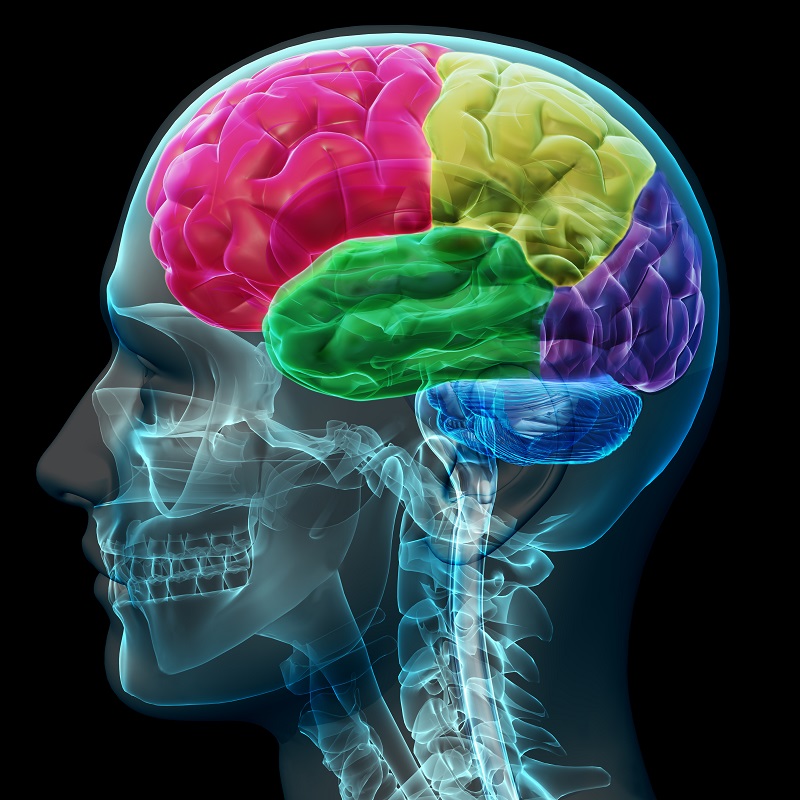
Can we control love?
Because love is such a complex, intense and surprising feeling, it has raised the question of whether or not people are able to control it.
In 2016, Langeslag and colleagues turned their attention to research on this topic. They worked with a group of 32 participants, all aged between 18–30 and all were in love with someone. They wanted to find out whether or not these participants were able to show any form of control over their feelings.
Langeslag added that “some people think that love is a natural process that shouldn’t be controlled, or that love regulation is very difficult or even impossible.”
“However,” she added, “people are actually able to increase or decrease their feelings of love for someone.” How? The answer, she explained, is actually fairly simple:
“If you want to decrease your feelings of love for someone, you should think about his or her negative qualities (e.g. he never puts his socks in the hamper) and the negative qualities of your relationship (e.g. we often fight). You could also imagine negative future scenarios (e.g. he’ll cheat on me).”
“Negative thoughts like these will decrease infatuation (i.e., passionate love) and attachment (i.e., companionate love),” Langeslag explained.
The opposite approach can work as well, she said. “If you want to increase your feelings of love for someone, you should think about his or her positive qualities (e.g. he’s so funny) or the positive qualities of your relationship (e.g. we have the same values).”
However, Langeslag cautioned, “love regulation doesn’t work like an on/off switch.”
“Thinking these negative or positive thoughts will only change your love feelings a little bit, and the effect will wear off after a short period of time,” she said.
Why would someone want to change their romantic feelings? She explained in her paper that love regulation could be helpful in many different contexts.
For example, a particular individual may want to improve their affection for their partner, this happens between couples who have been are together for a long time, and the power of love has started to wear off. Or, the exact opposite, they may want to lower the intensity of their feelings they have for someone who clearly does not feel the same.
The trouble with love science
Despite all the research made about love and how it affects the human brain and how it expresses, there are still many things that remain unknown, because studying love is a very difficult task.
It’s so difficult to study love because it appears to be more than just one type of love or more than one type of emotion and experience associated with romantic love.
“In my research, I assume that there are at least three different types of love: sexual desire, infatuation (or passionate love), and attachment (or companionate love),” Langeslag explained to MNT.
There are still questions about humans and animals sharing the same experiences of love and attraction.
“Animals mate, so they must have some form of sexual desire. Some animals also form pair bonds, so they must experience some form of attachment,” Langeslag told us.
“By studying those animals in those situations, we have learned quite a bit about the neural basis of sexual desire and attachment. However, I don’t know if animals experience infatuation, or how we would be able to tell when they do,” she added.
Many studies to date, even the ones related to love, have been taken using animals, it makes it very hard to tell if the same findings will apply to humans.
“As a result,” Langeslag explained, “we know a lot less about the neural basis of infatuation passionate love.”
“How do I love thee? Let me count the ways,” wrote poet Elizabeth Barrett Browning almost 200 years ago.
“Freely,” “purely,” “and “with passion” are the answers she highlights in her work, however, for understanding how these attributes of love contribute to our human experience has still a long journey ahead.

